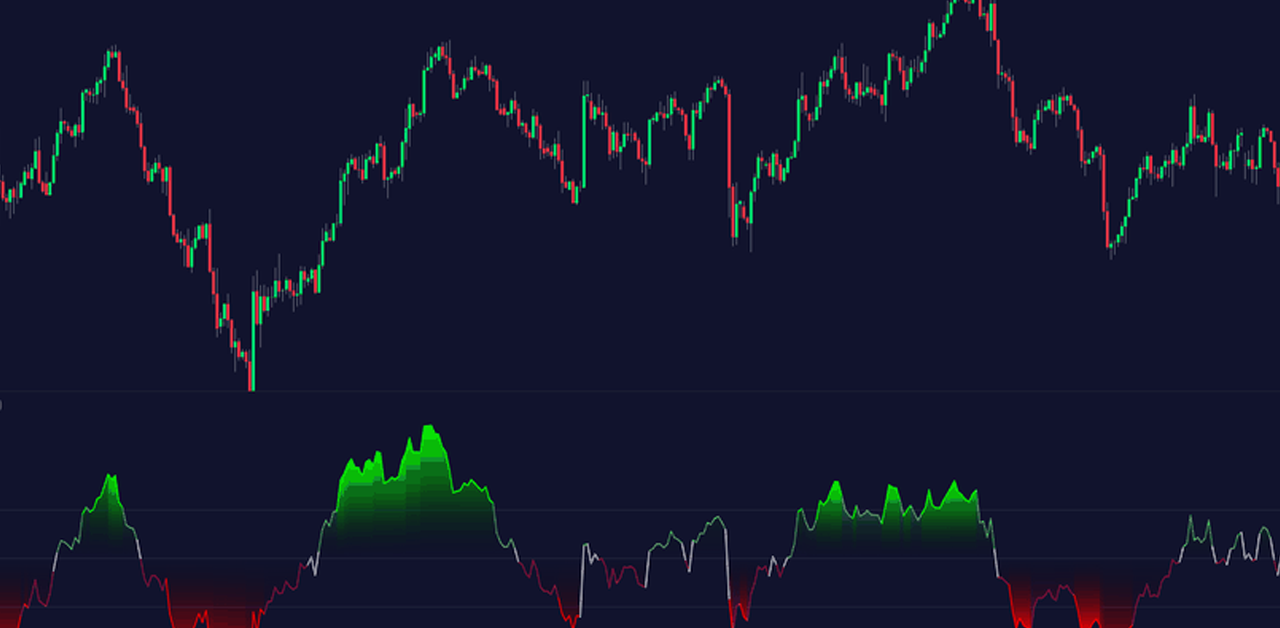Pressure on the Kiwi Persists with Recent Data Indicating Slowed Growth
The start of the new week in global markets was notably subdued, lacking significant catalysts or news. This quietude follows a busy previous week filled with central bank meetings and important economic data from various developed nations. Last week’s key takeaway was the growing optimism in risk sentiment, as the Federal Reserve and other major central banks hinted at upcoming rate cuts, with inflation showing signs of aligning with targets. The Swiss National Bank surprised markets with a 25 basis points cut, countering the widely expected decision to hold rates steady.
U.S. stock markets hit new record highs, yet the U.S. dollar stood out for its strong performance, especially against risk-sensitive currencies like the New Zealand dollar, which dropped below 60 U.S. cents for the first time since November. This strength in the U.S. dollar is attributed to the robust growth of the U.S. economy compared to its European and UK counterparts, as well as anticipations of tighter monetary policies from the European Central Bank and the Bank of England before the Fed.
U.S. economic growth outpaced that of Europe and the UK, with a 3.20% annualized growth rate in the fourth quarter, compared to a mere 0.1% in both the eurozone and the UK. This stark contrast highlights the relative vigor of the U.S. economy against others that are struggling.
On the domestic front, New Zealand’s economy contracted in the last quarter of the previous year, leading to an annualized contraction rate of -0.3%. Despite this slowing growth, high domestic inflation persists, complicating the Reserve Bank of New Zealand’s decision-making and likely delaying any easing of policies. Consequently, the New Zealand dollar is expected to continue underperforming against the U.S. dollar and may remain static against other major currencies.
The NZD/USD started the week around 0.5980, with a tight trading range. Technical analysis indicates potential support and resistance levels, with a significant focus on whether it will test the 2023 low near 0.5770 in the coming months.
Analysts widely believe that the U.S. dollar’s decline will begin with the Fed’s first rate cut, possibly at the June meeting. However, recent high inflation readings in the U.S. could lead to a reassessment of this timeline. A delay in rate cuts could result in the New Zealand dollar dropping further, potentially breaching its 2023 low.
As the day progresses with a light economic calendar, significant market movements are unlikely, and the Kiwi is expected to hover around 60 U.S. cents.











